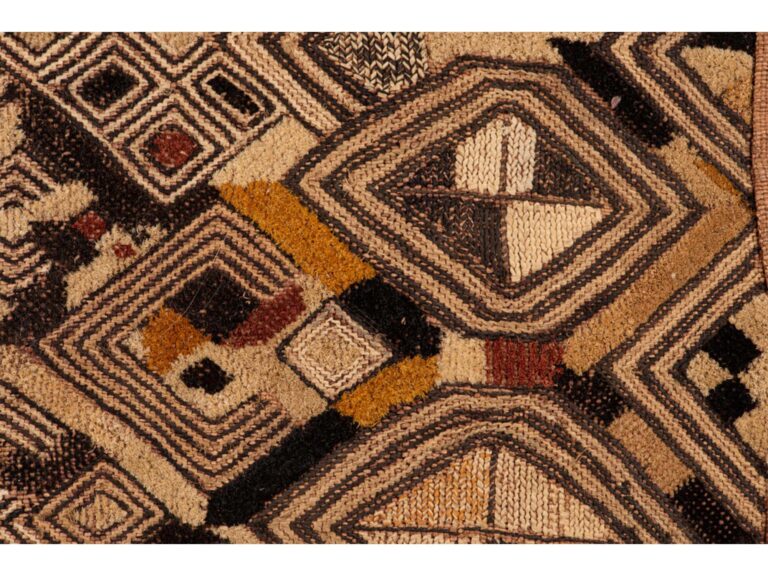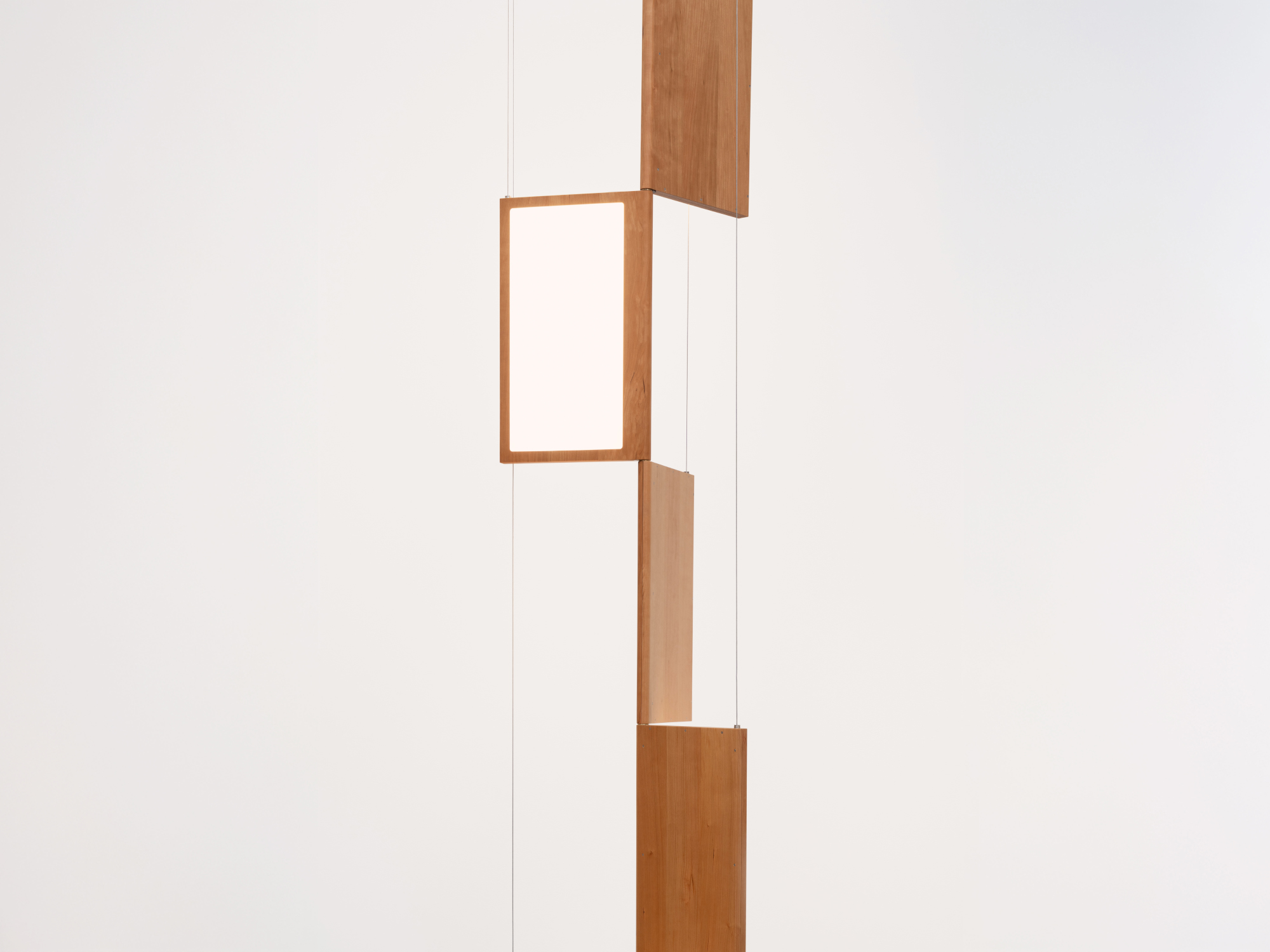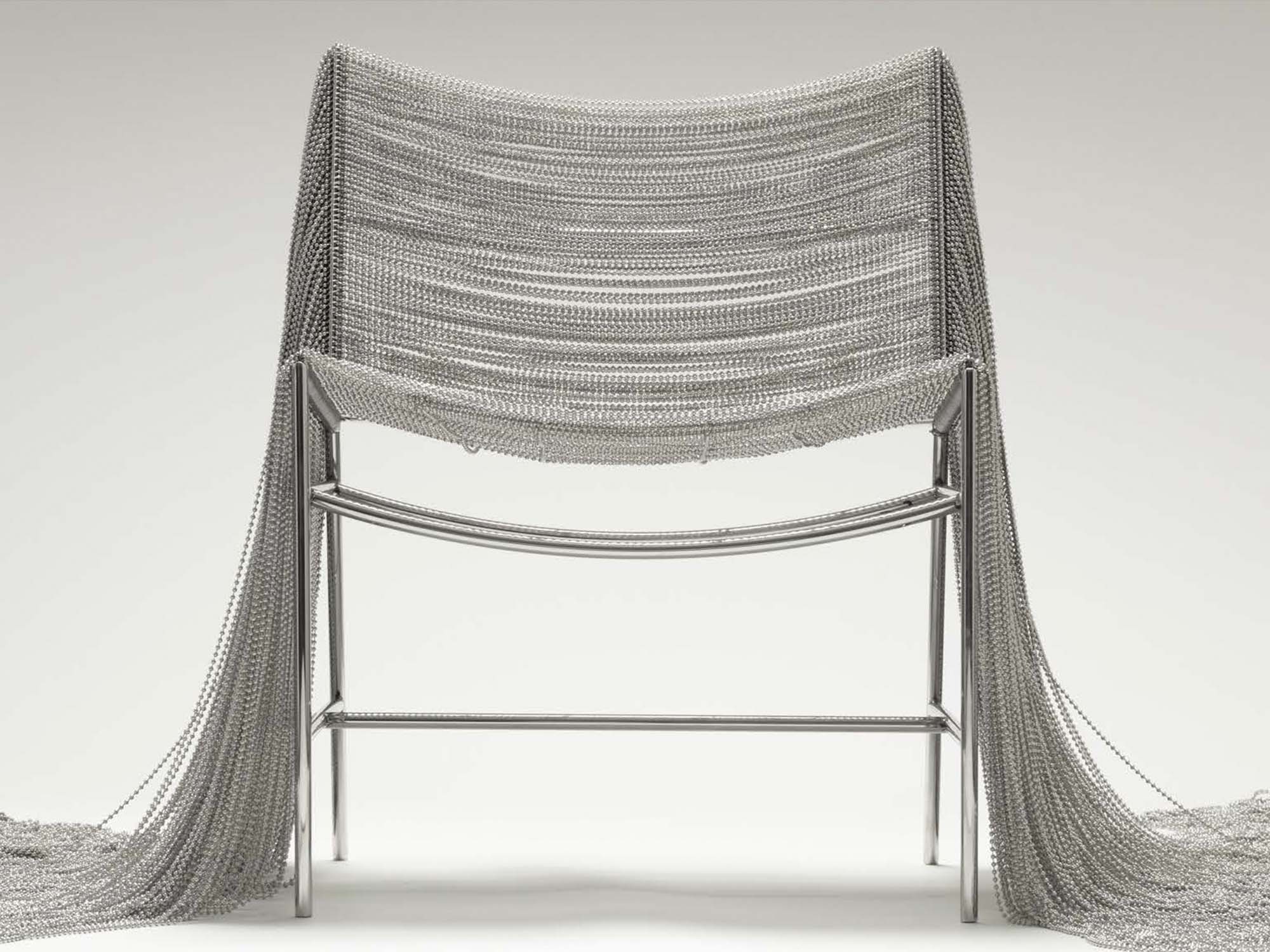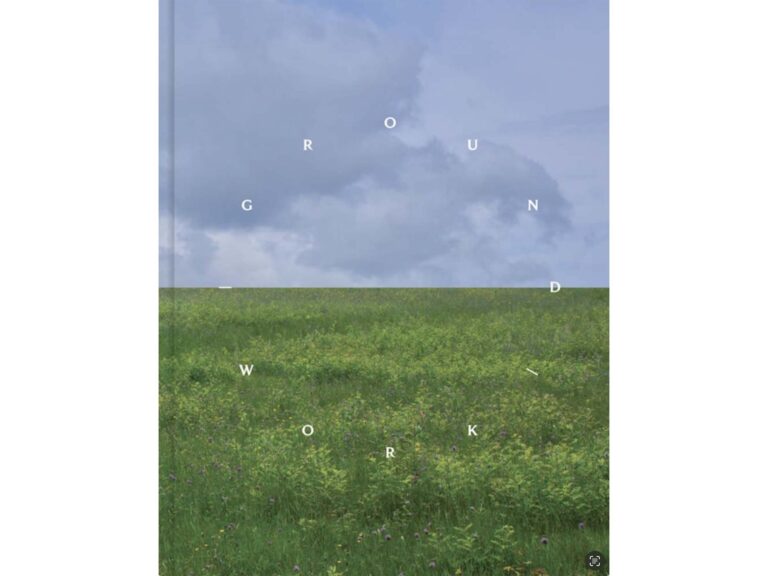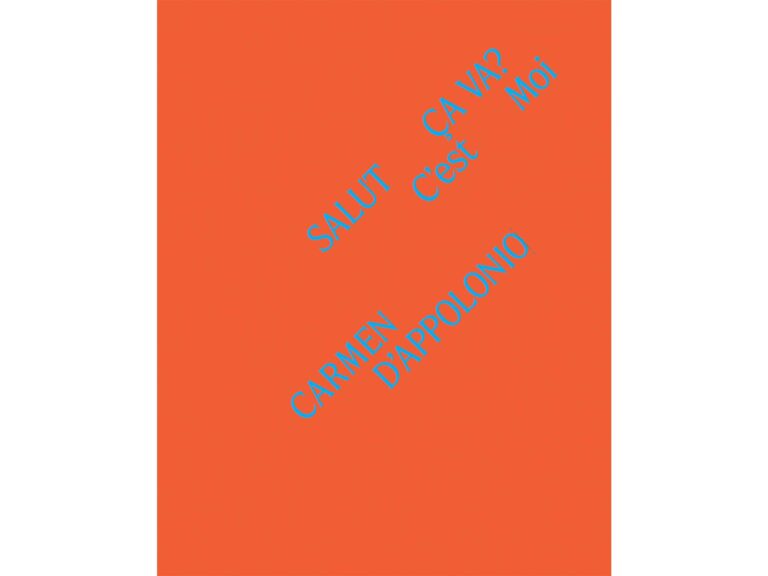Friedman Benda is pleased to present Hotel Roma, its first exhibition with the New York-based artist Nicole Cherubini. An influential figure in contemporary sculpture, Cherubini is widely known for her monumental works, which she primarily builds in clay by hand and layers with color, texture, and sculpted detail. New to her work is the inclusion of complex figurative elements which are integrated into the larger form, evoking the imaginative excess of baroque and surrealist art. This applied iconography is rich in narrative and historical reference, reflecting Cherubini’s erudition both within her own discipline and beyond.
The exhibition’s title, Hotel Roma, is typically multivalent. Cherubini has many associations with the Eternal City, ranging from ancient art to modern cinema and fashion. The direct inspiration for the title, however, is from a less expected source: the Surrealist artist Leonora Carrington’s autobiographical text Down Below (1942), which details her experiences during the dark years of World War II, including a stay at the Hotel Roma in Madrid. Carrington is one of several writers who have inspired Cherubini’s latest work, including Mary Shelley, Elena Ferrante, Natalia Ginzburg, Sibella Aleramo, and Annie Ernaux, all of whom create densely detailed chronicles of women’s experience. As Cherubini says, “They use words in the same way I hope to use clay.”
Anchoring Cherubini’s exhibition at Friedman Benda are a trio of works that she calls the Three Graces, a classical typology that she infuses with new and vigorous life. Bypassing more familiar versions from art history (Botticelli, Canova, and many others), she has returned to ancient Socratic texts in which these allegorical figures are taken to represent acts of generosity: bestowing, receiving, and returning. Each of the three sculptures has a strong compositional personality of its own: one, for example, is conjoined to a ceramic bench over ten feet long, extending across the gallery floor. Made principally of terracotta and white earthenware, these works are polymorphous in their structural components – Cherubini remarks that they “look like the love children of Brancusi and Frankenstein” – and are completed with glazes in turquoise, amber, emerald, white, and metallic luster, recalling the palette of both Italian majolica and modernist abstract painting.
Cherubini’s bricolage approach is also seen in Butterfly, inspired by a lyric of Erykah Badu (“Maybe we’ll be butterflies / I guess I’ll see you next lifetime”). With its double form, the sculpture does suggest a gorgeous, winged creature in flight, but it is also powerfully physical, a prodigious feat of forming, stacking, cutting, and conjoining. With its contrapposto stance and prominent arm-like handle, the work registers Cherubini’s recent collaborative work in staging choreography; despite its scale and solidity, it is filled with implied motion. Other works in the exhibition, including a major octagonal seating sculpture and a columnar form that responds to the existing architecture of the gallery, add to the sense that a dramatic performance is underway.
Hotel Roma will be accompanied by a digital publication with essay by curator Glenn Adamson.

